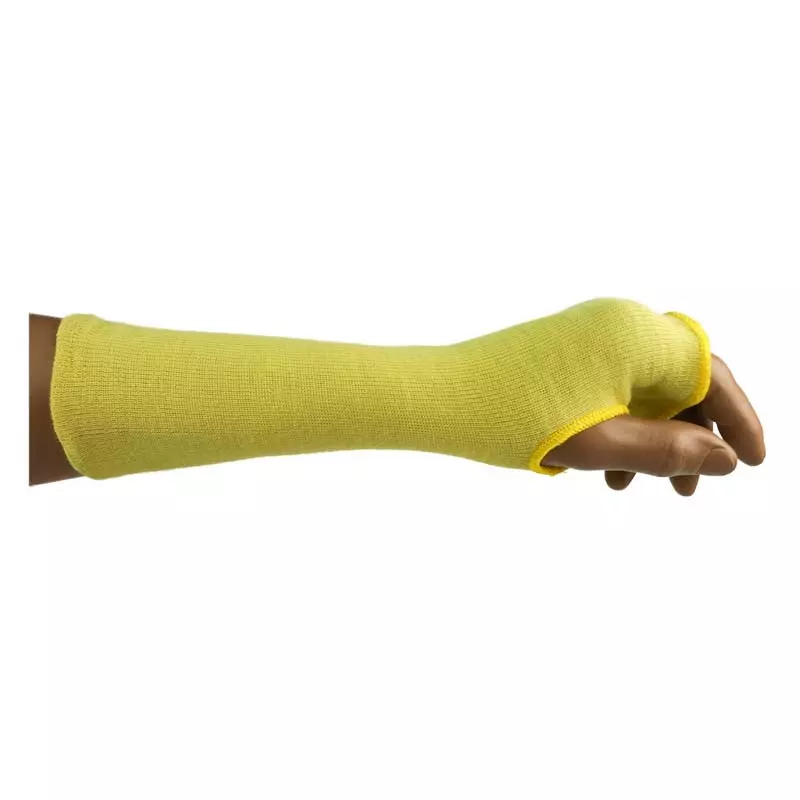
Features You'll Love

Material · Kevlar®
EN 388 · Tear Resistance Level 3, Cut Resistance, ISO 13997 Level D, Abrasion Resistance Level 1
EN 407 · Heat Contact Level 1
The substance the sleeve or pad is made from, determining its protective propert...
PRO FIT Kevlar® Arm Sleeve, 30 cm, with Thumb Hole
Fitzner Arbeitsschutz logo
4.8 / 5
Prices excl. VAT
458,09 kr
524,62 krPrice per 5 pairs
91,62 kr / pair
Estimated delivery: Tue Nov 4
Choose size
Shipping fee is 55,20 kr for orders under 1 650,00 kr
Features You'll Love

Material · Kevlar®
EN 388 · Tear Resistance Level 3, Cut Resistance, ISO 13997 Level D, Abrasion Resistance Level 1
EN 407 · Heat Contact Level 1
The substance the sleeve or pad is made from, determining its protective propert...
Product description
The arm protector made of high-quality Kevlar® offers optimal protection for various work applications. Its breathable and close-fitting construction ensures comfortable wear even during extended use. The combination of cut protection level 3 and con...